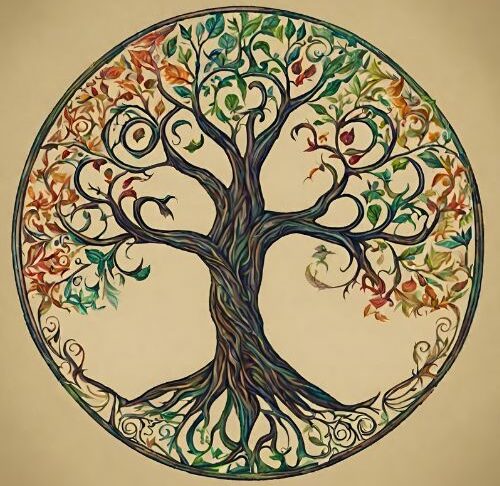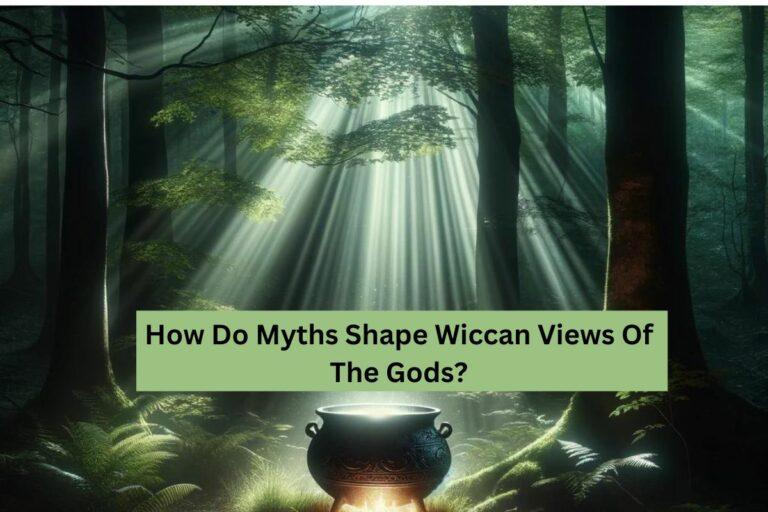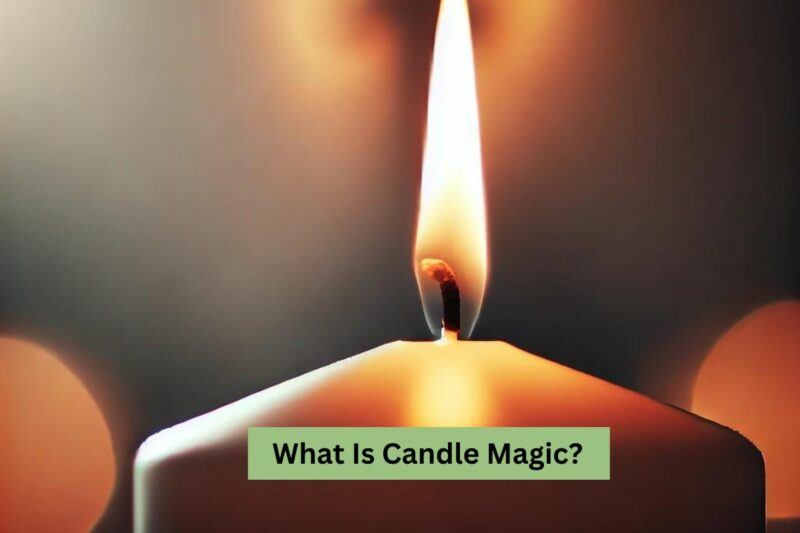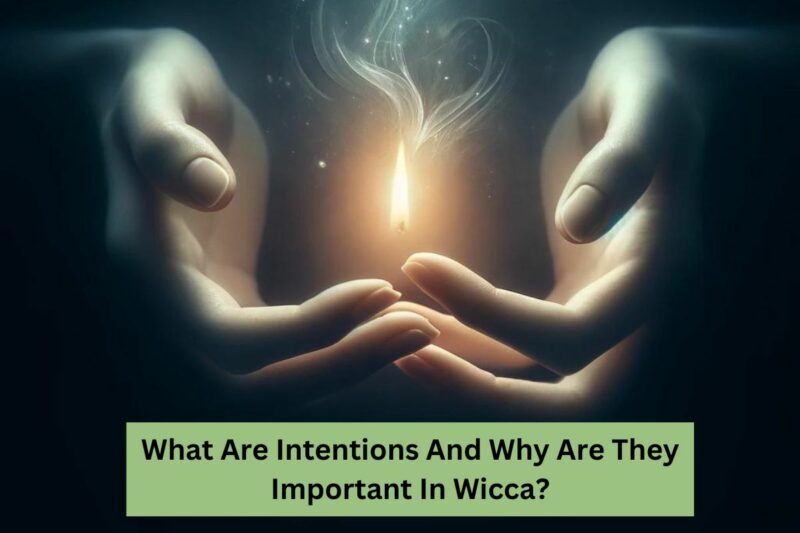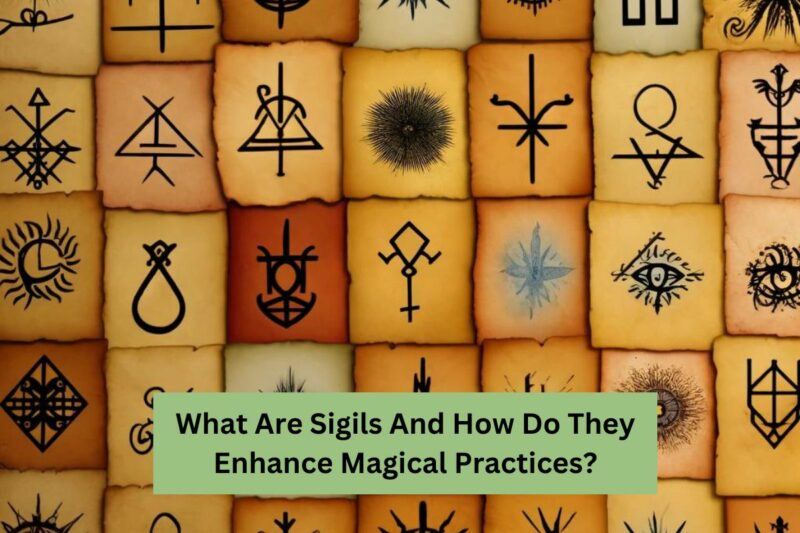- Myths as Guides: In Wicca, myths are more than just stories; they act as guides. They teach important lessons, inspire rituals, and help Wiccans understand the natural cycles of life and the need for balance between different forces.
- Myths in Practice: Myths play a big role in Wiccan rituals and everyday practices. They provide symbols and stories that deepen the connection to the spiritual world and make religious practices more meaningful.
- Embracing Many Cultures: Wicca includes stories from many different cultures, showing its openness and respect for various spiritual paths. This helps Wiccans see a wider view of spirituality and the divine.
- Personal Connections to Myths: Wicca encourages personal ways of seeing and connecting with myths. This allows each person to shape myths in a way that fits their own spiritual path, making their practices uniquely meaningful.
- Myths and Nature: Many Wiccan myths stress the importance of looking after the natural world. These stories show how closely connected our actions are to the environment, pushing Wiccans to live in harmony with nature.
Myths are really important in Wicca, shaping not only the rituals and practices but also the core beliefs. In Wicca, myths are more than just old tales; they’re seen as mirrors that reflect deeper truths about the universe and the divine. These stories shape how Wiccans see the gods, giving insights into the nature and roles of the deities they worship.
🌟 Comparison of Myths and Their Meanings in Wicca 🌟 |
|||
|---|---|---|---|
| Myth Name | Origin Culture | Key Themes | Wiccan Interpretation |
| Persephone’s Descent | Greek | Rebirth, Seasons | Symbolizes the cycle of life and the changing seasons |
| The Oak King and the Holly King | Celtic | Duality, Balance | Represents the battle between light and dark, influencing the solstices |
| Isis and Osiris | Egyptian | Death, Resurrection | Teaches about the eternal nature of life and the possibility of rebirth |
| Brought to You by wiccanwonder.com | |||
As we look into how myths shape Wiccan views of the gods, it’s important to see that these stories are more than just ancient legends; they act as a window through which Wiccans connect with divine forces. They not only provide context but also inspire how to live in harmony with nature’s cycles and the surrounding energies.
How Myths Teach Balance and Duality
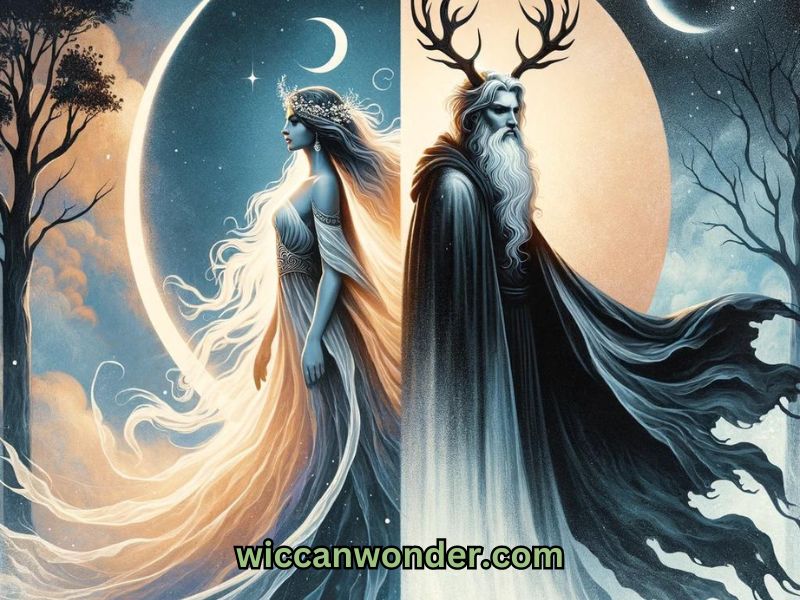
Wicca places a lot of emphasis on the Goddess and the Horned God, representing the feminine and masculine energies of the universe. The stories about these deities show us how both energies are crucial and must work together. This partnership isn’t just about balance; it’s also about showing respect and appreciation for both sides of nature. A well-known myth in this context is the annual cycle of the Horned God as he transitions from the youthful Green Man in the spring and summer to the wiser Lord of Shadows in the fall and winter, symbolizing the eternal interplay between growth and decay.
Many Wiccan myths focus on the cycles of life, death, and rebirth. These stories remind us that everything in nature goes through a cycle, much like the seasons change from spring to winter and back again. This cyclical view helps Wiccans accept changes and transitions in life, seeing them as natural and important. The story of the Goddess Persephone’s descent into the underworld and her subsequent return is a powerful illustration of this, marking the seasons of growth in spring and summer and withdrawal in autumn and winter.
Balance is a big theme in Wicca, and myths play a key role in illustrating this. They often tell stories where harmony between different forces leads to peace and positive outcomes. For Wiccans, maintaining this balance isn’t just a personal goal; it’s a way to live in sync with the world around them, ensuring that every action considers the well-being of others and the environment. The tale of the marriage between the sky god and the earth goddess in many pagan traditions, which brings harmony and fertility to the land, is a great example of how mythical balance impacts the natural and spiritual worlds.
How Myths Shape Wiccan Rituals
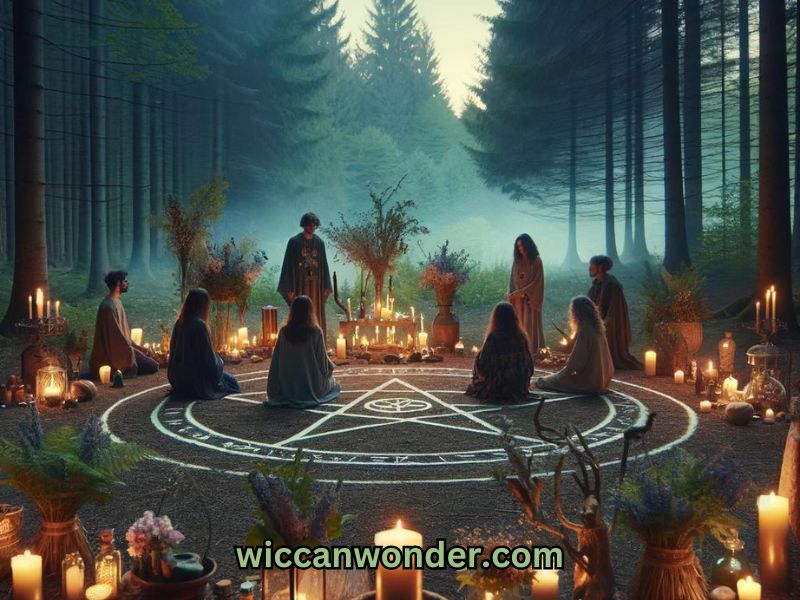
Myths are not just old stories; they show Wiccans how to behave and care for the environment. Stories about being kind or respecting nature encourage Wiccans to act responsibly and care for the Earth. These stories often show how our actions affect us and the world, highlighting why it’s important to think before we act. The myth of Demeter and her sadness over Persephone’s abduction, leading to the barren winter months, shows the strong link between our feelings and the natural world.
Rituals are a key part of Wicca, and many draw inspiration from myths. These stories suggest symbols and actions for rituals. For example, the tale of the Goddess descending into the underworld can inspire rituals about rebirth and renewal, especially during Samhain. This story helps us understand life, death, and rebirth, adding deeper meaning to the rituals that celebrate these concepts.
In Wicca, everyone has their own way of seeing myths. People might see different meanings in the same story, and that’s completely okay. This flexibility allows Wiccans to relate to myths in their own ways, adapting them to fit their personal experiences and beliefs. This personal connection keeps the myths alive and helps each Wiccan find their unique link to the divine. For instance, the story of Cerridwen and her cauldron of wisdom can be seen as a tale of magical change or a lesson in the continuous search for knowledge, depending on one’s personal views and spiritual aims.
How Myths Have Shaped Wicca Over Time
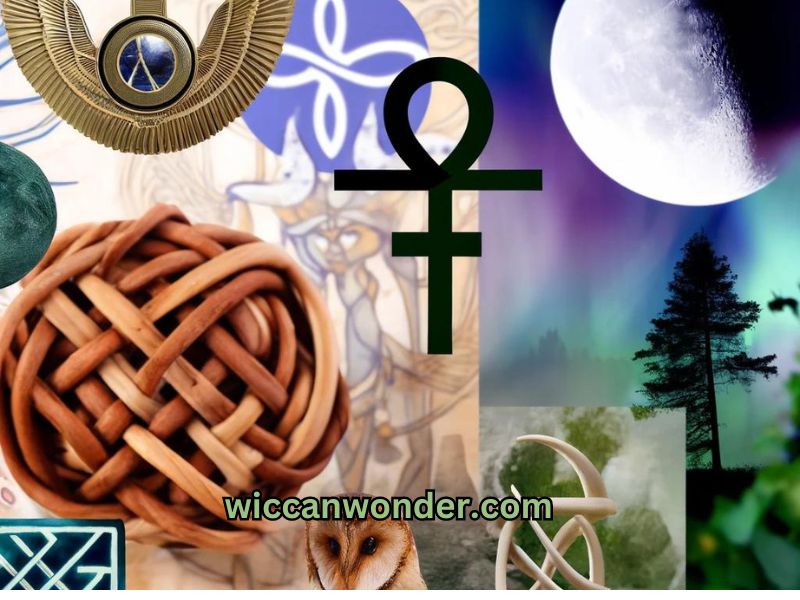
Wicca often includes elements from various cultures’ myths, showing how these stories can blend and adapt. This mix helps Wiccans understand different views of the divine and see how similar ideas appear across different cultures. By borrowing and adapting these stories, Wicca becomes a rich tapestry that respects and celebrates a variety of traditions and beliefs. An example is the adaptation of the Celtic story of Brigid, a goddess of healing, poetry, and smithcraft, who has been embraced within Wicca to symbolize the multifaceted nature of the feminine divine, blending her attributes with those of other goddesses.
🌿 Diverse Interpretations of Common Myths in Wicca 🌿 |
|||
|---|---|---|---|
| Myth | Traditional Interpretation | Modern Wiccan Interpretation | Variations by Tradition |
| The Tale of Cerridwen’s Cauldron | A story of magic, transformation, and pursuit of knowledge. | Seen as a symbol of inspiration, rebirth, and the cyclical nature of life and wisdom. | Some view it as a metaphor for personal growth; others as literal magical practice. |
| Persephone’s Descent | A tale of abduction and a mother’s grief affecting the seasons. | Interpreted as a journey of self-discovery and empowerment. | Varies from a story of victimhood to one of queenly authority and independence. |
| Odin’s Sacrifice | Norse myth of sacrifice for wisdom, losing an eye to see more clearly. | Often seen as a metaphor for the necessary losses in gaining deeper insights. | Interpreted differently across traditions, from literal sacrifice to spiritual enlightenment. |
| Brought to You by wiccanwonder.com | |||
Myths also play an important role in dealing with the mysteries of the divine—things that are hard to understand or explain. These stories help Wiccans accept that not everything can be fully understood or explained. Myths provide a way to think about and connect with these mysterious aspects, making them a comforting and inspiring part of Wiccan belief. For instance, the Norse myth of Odin’s quest for wisdom, where he sacrifices his eye in exchange for deep insights, reflects the mystical pursuit of knowledge, emphasizing that some truths require sacrifice and can never be fully comprehended by the human mind.
Frequently Asked Questions
1. Why are myths so important in Wicca?
Myths help Wiccans understand the divine and the natural world. They offer lessons, show the importance of balance and cycles, and connect personal experiences with universal truths.
2. How do Wiccans use myths in their rituals?
Wiccans use myths to shape their rituals by incorporating symbols, themes, and lessons from these stories. This can include using specific items, performing actions that reflect mythic events, and focusing on the deeper meanings behind these tales.
3. Can myths from other cultures be part of Wicca?
Yes, Wicca often includes myths from various cultures. This diversity helps enrich the practice and allows Wiccans to explore different aspects of the divine and spiritual expression.
4. Do all Wiccans interpret myths in the same way?
No, Wiccans may interpret myths differently based on personal beliefs, experiences, and the specific traditions they follow. This diversity of interpretation is welcomed and adds depth to the practice.
5. How do myths contribute to the moral and ethical guidelines in Wicca?
Myths often contain moral lessons that emphasize respect for nature, the importance of balance, and the consequences of one’s actions. These stories guide Wiccans in forming their ethical views and making decisions that align with their values and beliefs.
By exploring these frequently asked questions, you can gain a deeper understanding of the role of myths in Wicca and how they help shape its practices and beliefs.
Final Thoughts
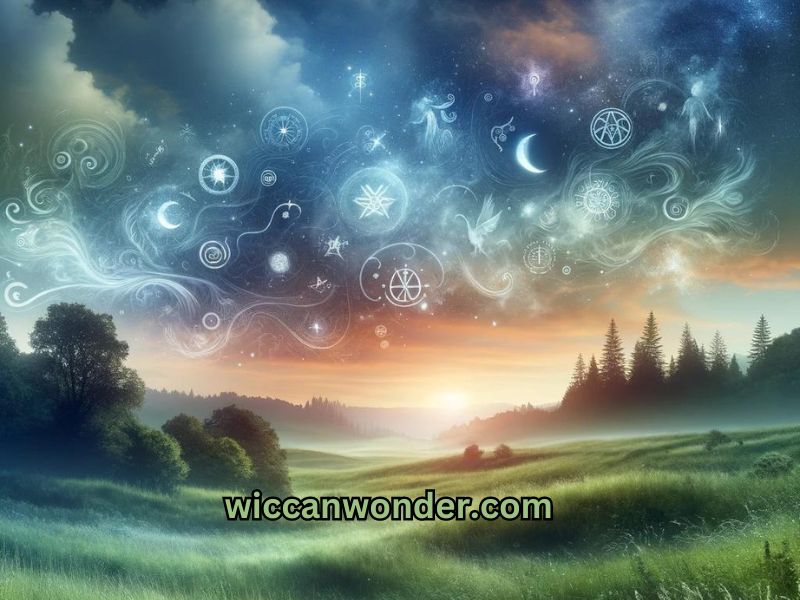
Myths are at the heart of Wicca, deeply influencing how the divine is perceived and interacted with. These stories do more than tell tales from the past; they offer a framework for understanding the world and our place within it. Reflecting on the cyclical myths of the Goddess Persephone or the enduring balance demonstrated by the Horned God, Wiccans find guidance and inspiration.
As Wicca continues to evolve, the role of myths remains central, adapting to new understandings and incorporating diverse traditions. This adaptability highlights the enduring power of myths, allowing them to continue shaping the spiritual landscape of Wicca in meaningful ways. Through myths like Brigid’s transformation from a Celtic goddess to a Wiccan symbol of the divine feminine or Odin’s mystical quest for wisdom, Wiccans connect with a deeper sense of purpose and continuity, anchoring their practices in the rich soil of tradition and the ever-unfolding human experience of the divine.
How do you think myths influence your own views and practices? Please leave me a comment below
Blessed Be!
Taianne
Share the Love
Latest Posts

Welcome to WiccanWonder.com!
I’m Taianne, your guide on this enchanting journey into the realm of Wicca and witchcraft. Inspired by the magical stories of pop culture, I’ve transitioned from a casual fan to a dedicated explorer of Wicca’s true nature—a nature-based religion celebrating the divine, the cycles of nature, and living harmoniously with the earth. Through WiccanWonder.com, I aim to demystify Wicca, separating fact from fiction, and inviting others to explore its rich traditions and practices alongside me. As a fellow seeker, I’m here to share insights, discoveries, and open a space for dialogue and learning. Whether you’re new to Wicca, a seasoned practitioner, or simply curious about magic and spirituality, your presence enriches our journey. Let’s explore the wonder of Wicca together.
Feel free to contact me at Taianne@wiccanwonder.com
Blessed be!
